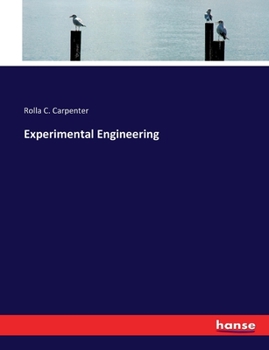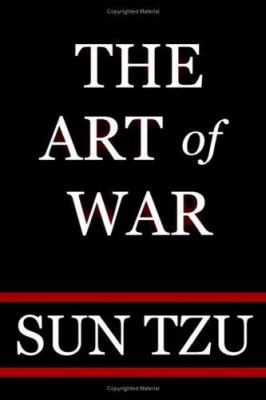Experimental Engineering
Select Format
Select Condition 
Book Overview
Experimental Engineering is an unchanged, high-quality reprint of the original edition of 1893. Hansebooks is editor of the literature on different topic areas such as research and science, travel and expeditions, cooking and nutrition, medicine, and other genres. As a publisher we focus on the preservation of historical literature. Many works of historical writers and scientists are available today as antiques only. Hansebooks newly publishes these books and contributes to the preservation of literature which has become rare and historical knowledge for the future.
Format:Paperback
Language:English
ISBN:0201083299
ISBN13:9780201083293
Release Date:January 1981
Publisher:Addison Wesley Publishing Company
Length:430 Pages
Weight:1.40 lbs.
Customer Reviews
5 customer ratings | 5 reviews
There are currently no reviews. Be the first to review this work.





















